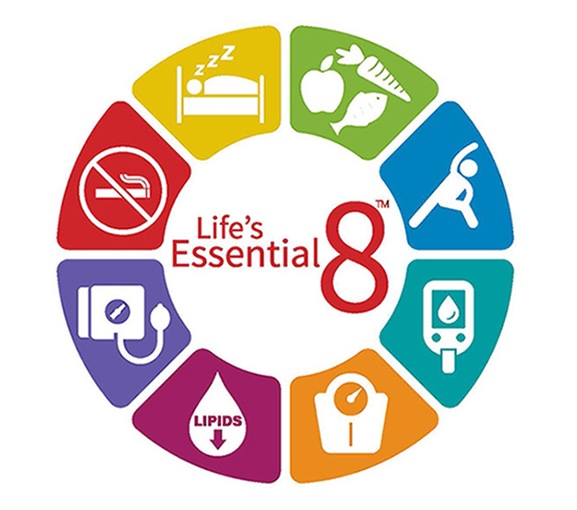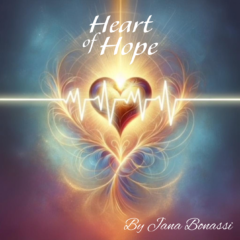For the first time in decades, we’re seeing a headline that feels like hope:
**Heart attack deaths have dropped by 89% over the past 50 years.**¹
This is an extraordinary victory—proof that education, treatment, and prevention are saving lives.
But as we celebrate this progress, a deeper—and quieter—epidemic is growing beneath the surface.
🚨 The New Cardiac Crisis: It’s Not Just Heart Attacks Anymore
While fewer people are dying from classic heart attacks (myocardial infarctions), other cardiac conditions are surging:
- Arrhythmias (abnormal heart rhythms)
- Heart failure
- Hypertensive heart disease (damage from high blood pressure)
These conditions often go undetected until they’re life-threatening. They don’t always present like dramatic chest pain. Sometimes, they appear as fatigue, dizziness, shortness of breath—or, in too many cases, sudden cardiac arrest.
As someone who has personally survived sudden cardiac arrest, I know that survival is not the norm. Most don’t get a second chance.
🫀 Why the Rise? Lifestyle, Awareness Gaps, and Gender Disparities
Modern life has brought stress, sedentary routines, and ultra-processed diets into everyday culture—even in developed countries. But lack of awareness and misdiagnosis—especially in women—is a critical piece of this puzzle.
Women often present different symptoms than men. Too many are told their palpitations are just anxiety. Their fatigue is blamed on motherhood. Their breathlessness is dismissed.
And too many are buried without a diagnosis.
🕊️ The Reality I Witnessed: Families Who Lost Their Children
Just a few weeks ago, I stood among grieving parents at the national CPR and AED Awareness Week March in Washington, D.C. Out of a large crowd, only four survivors of sudden cardiac arrest stood up. The rest? They were there in memory of loved ones—many of them children—who didn’t survive.
Not because their hearts couldn’t be restarted.
But because no one around them knew how to do CPR.
Their stories broke me open. And they re-ignited the urgency of my mission.
💡 What We Can Do: Life’s Essential 8
The American Heart Association created a simple yet powerful lifestyle framework that can prevent many of these hidden killers:

Life’s Essential 8:
- Eat Better – more whole foods, less sugar and sodium
- Be More Active – at least 150 min/week of moderate movement
- Quit Tobacco – including vaping
- Get Healthy Sleep – 7–9 hours, consistently
- Manage Weight – especially visceral (abdominal) fat
- Control Cholesterol – know your numbers
- Manage Blood Sugar – monitor and avoid spikes
- Manage Blood Pressure – aim for under 120/80 mmHg
You don’t have to be perfect. But every small change adds up to protect your heart—and your future.
❤️ A Message of Hope, Not Fear
We’ve come a long way, but the fight is not over. Especially for women. Especially for young people. Especially for those without access to CPR training or life-saving devices.
That’s why I wrote Heart of Hope.
That’s why I march.
That’s why I speak up.
Because numbers may be improving,
but until we stop losing lives to preventable deaths,
our mission continues.
Let’s keep hearts beating—together.
With much love, Jana Bonassi – Author, Advocate and Survivor
📚 Heart of Hope is now available in English and Portuguese. Learn more about CPR, advocacy, and how you can save a life.
📌Available on Amazon: English and Portuguese
Sources:
🫀 American Heart Association – Life’s Essential 8 [heart.org]

Leave a Reply